Welcome to issue 89 of the Call to Comms!
Today we explore potential uses of AI relevant to TSF’s missions and contexts, and share some key facts on how displaced Ukrainians use the Internet in the centres connected by TSF.
AI in Our Humanitarian Work
Artificial Intelligence (AI), particularly Large Language Models (LLMs) are capable of advanced language understanding and generating. They offer promising applications in multilingual content generation and specialized knowledge diffusion – both of which can be very important in humanitarian contexts.
However, integrating AI into humanitarian work requires us to consider several factors:
- Misinformation: Generative AI models can sometimes produce inaccurate or misleading information. It's imperative to fine-tune these models to ensure the reliability and accuracy of the content they generate.
- Power Consumption: The energy demands of running AI models can be substantial, posing challenges both environmentally and in regions with limited power resources. Exploring energy-efficient models and solutions is essential.
- Data Privacy: Handling personal or sensitive data requires stringent measures to protect individuals, especially in vulnerable situations.
- Infrastructure and Accessibility: Deploying AI tools in low-resource settings involves overcoming challenges related to hardware requirements and internet connectivity. Developing lightweight, adaptable solutions that function efficiently in these environments is crucial.
Generative AI is a recent technical tool with many possible applications. Identifying how it can bring support to humanitarian actions is a useful yet not easy task; every risk has to be mitigated to avoid harming people in vulnerable situations. Like every tool, we need to use it responsibly to make the most of it in humanitarian, sensitive contexts.
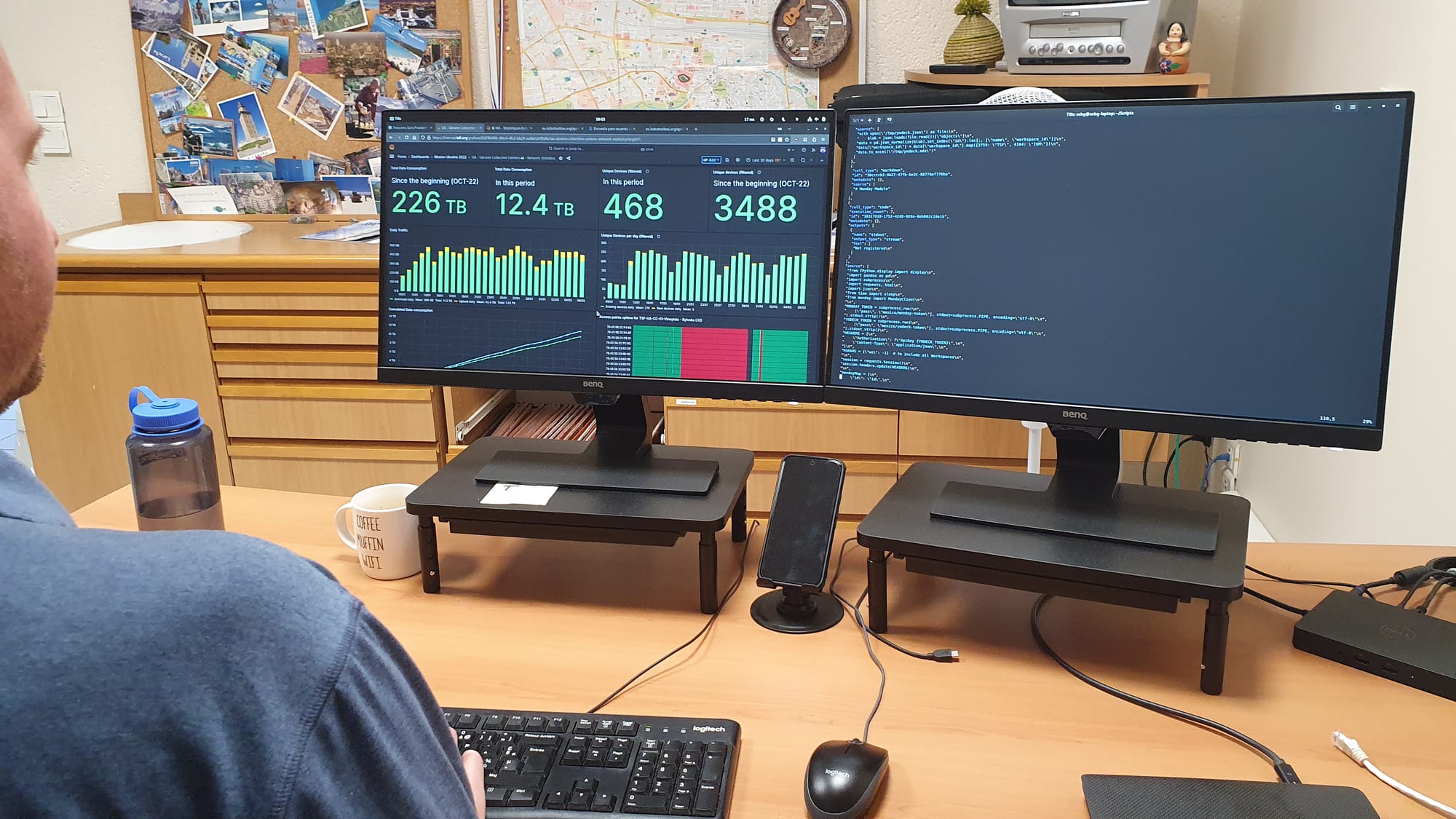
How Do Displaced Ukrainians Use the Internet?
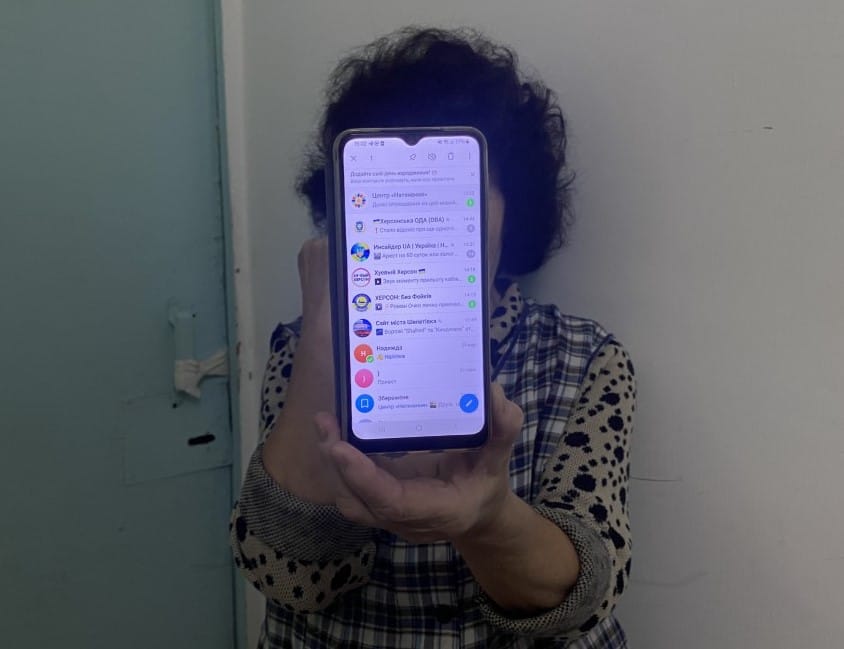
How do internally displaced people (IDP) in the Ukrainian centers we connect use connectivity? What is most important for people who have had no choice but to flee their home? Our team in Ukraine has collected feedback in several centers we connect across Ukraine.
- Accessing information and news is what people use the WiFi for the most (34%)
"My son and son-in-law serve, I worry and watch the news."
- Communicating with their loved ones is the second most mentioned use (21%)
"I talk to my sister and children, we would go crazy if it weren't for the Internet."
- 97% of IDPs who are parents say that their children use the Internet for studying in various ways, from accessing educational information to attending online classes.
“At the beginning of the year, we had one week offline, one week online.”
We use information and communication technology in our daily lives – for people who have been forced to flee their hometown and oftentimes have been separated from their loved ones, it becomes essential.
"I can't imagine life without the Internet, it's very important."
TSF is providing free connectivity in 20 shelters for internally displaced Ukrainians, and is working to connect more. Learn about the mission here.
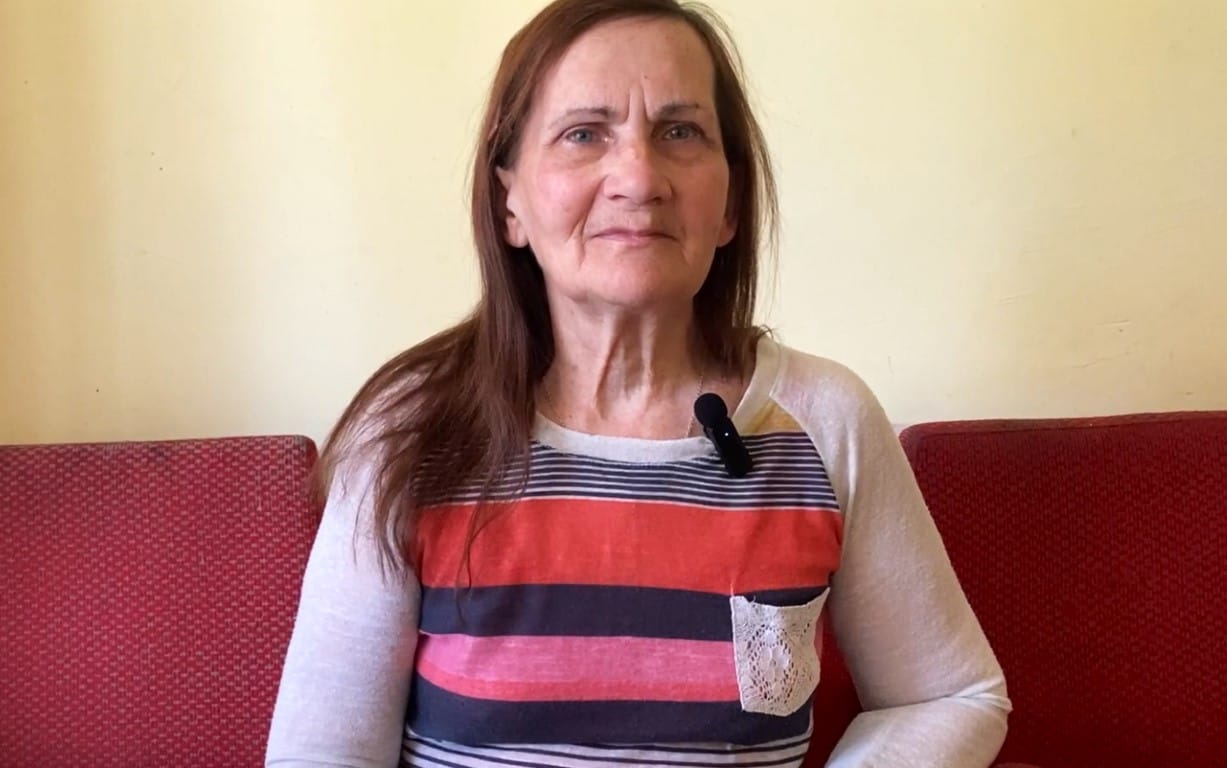
TSF Action in 2024
Discover a summary of TSF's work in 2024 in this short video:
In case you missed it: Meet Lyubov, 72, Displaced Ukrainian
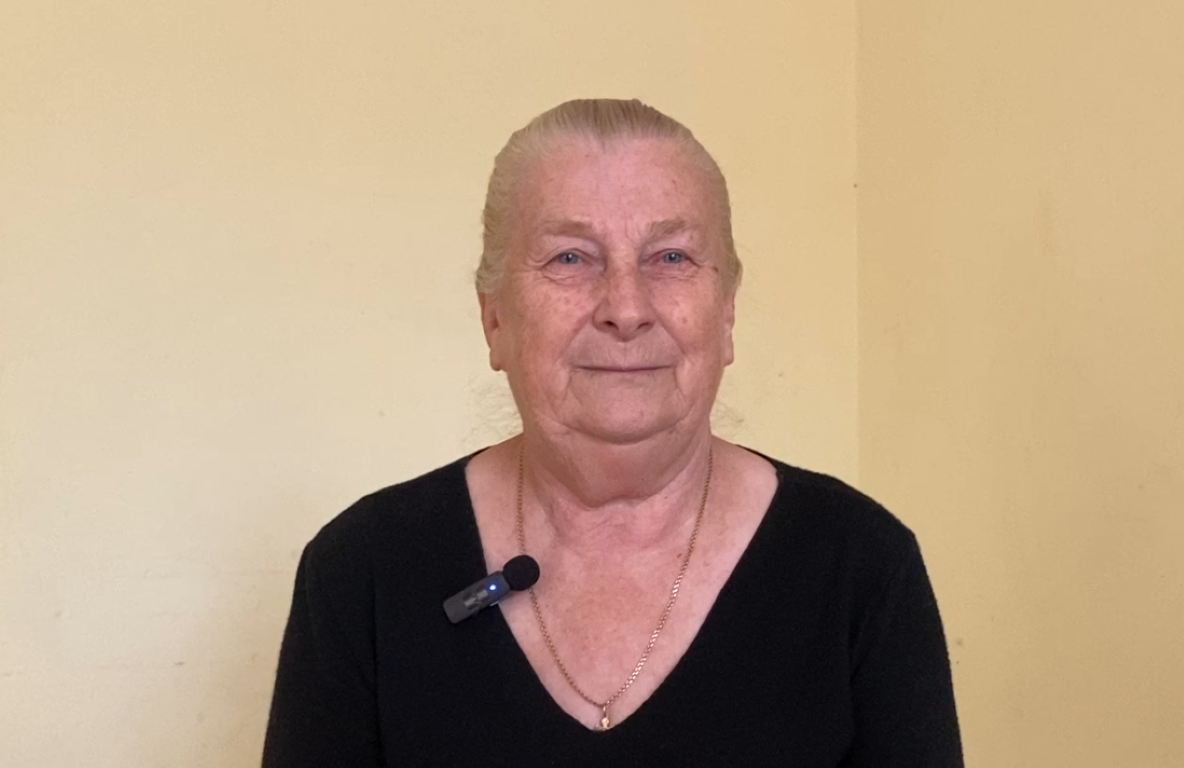
Discover the story of Lyubov, an elderly Ukrainian woman who was displaced when her home city was attacked more than two years ago. She shares her story, and explains how the WiFi helps her and her family – like her grand-daughter, who is able to access education.
“The Internet, especially during wartime, gives people hope.”
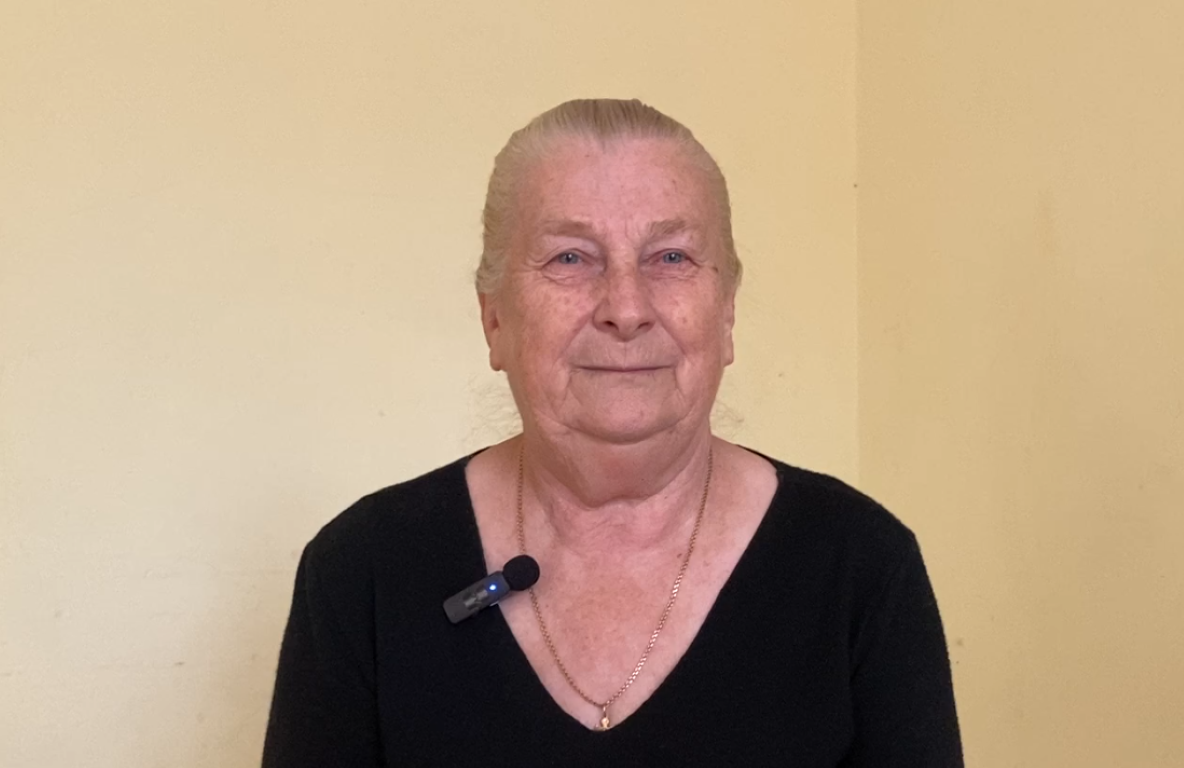
See you in two weeks!
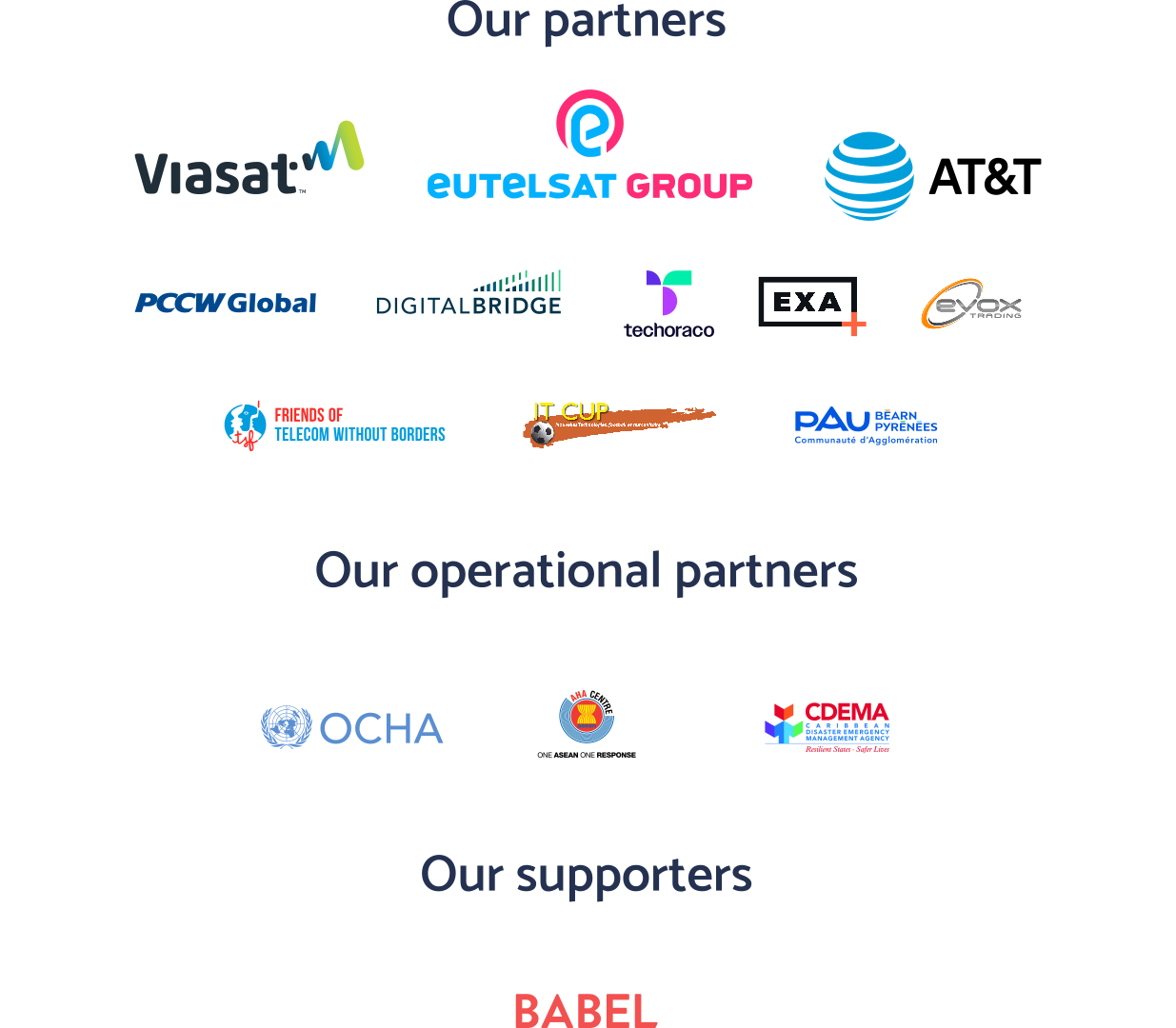


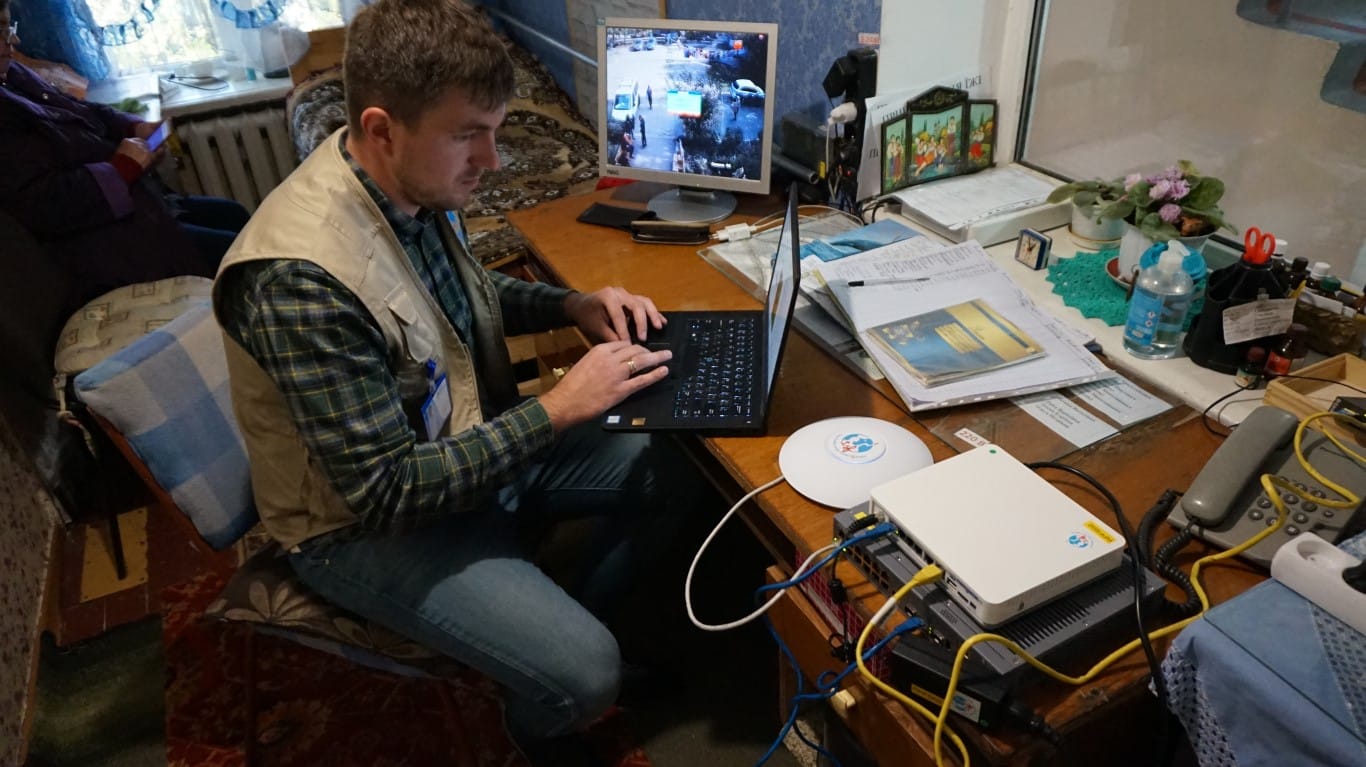


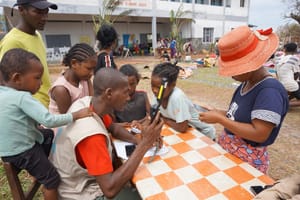



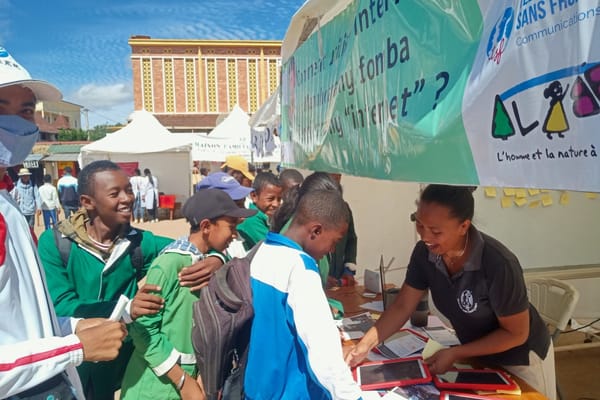
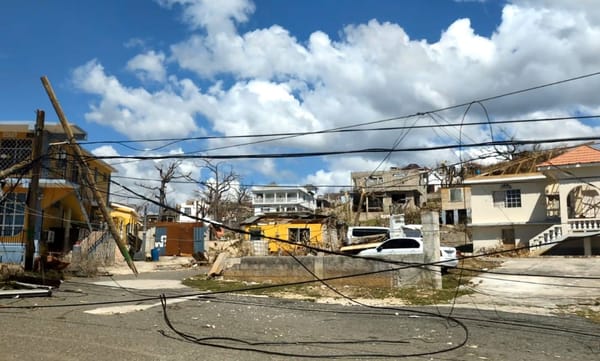

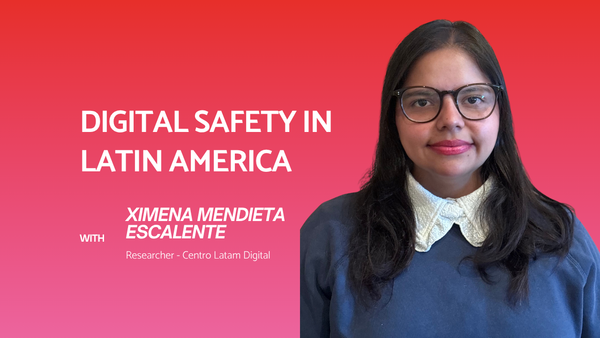

Member discussion